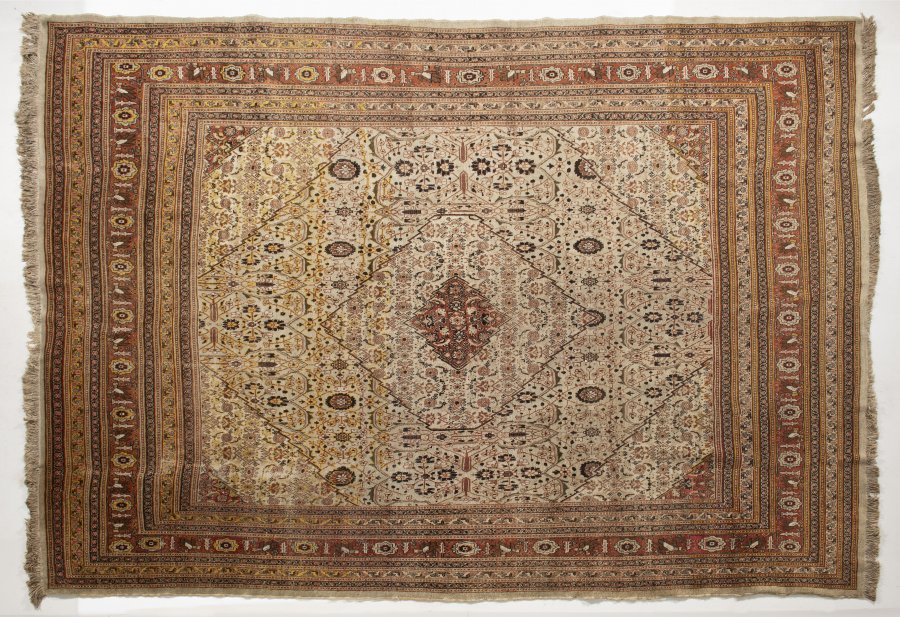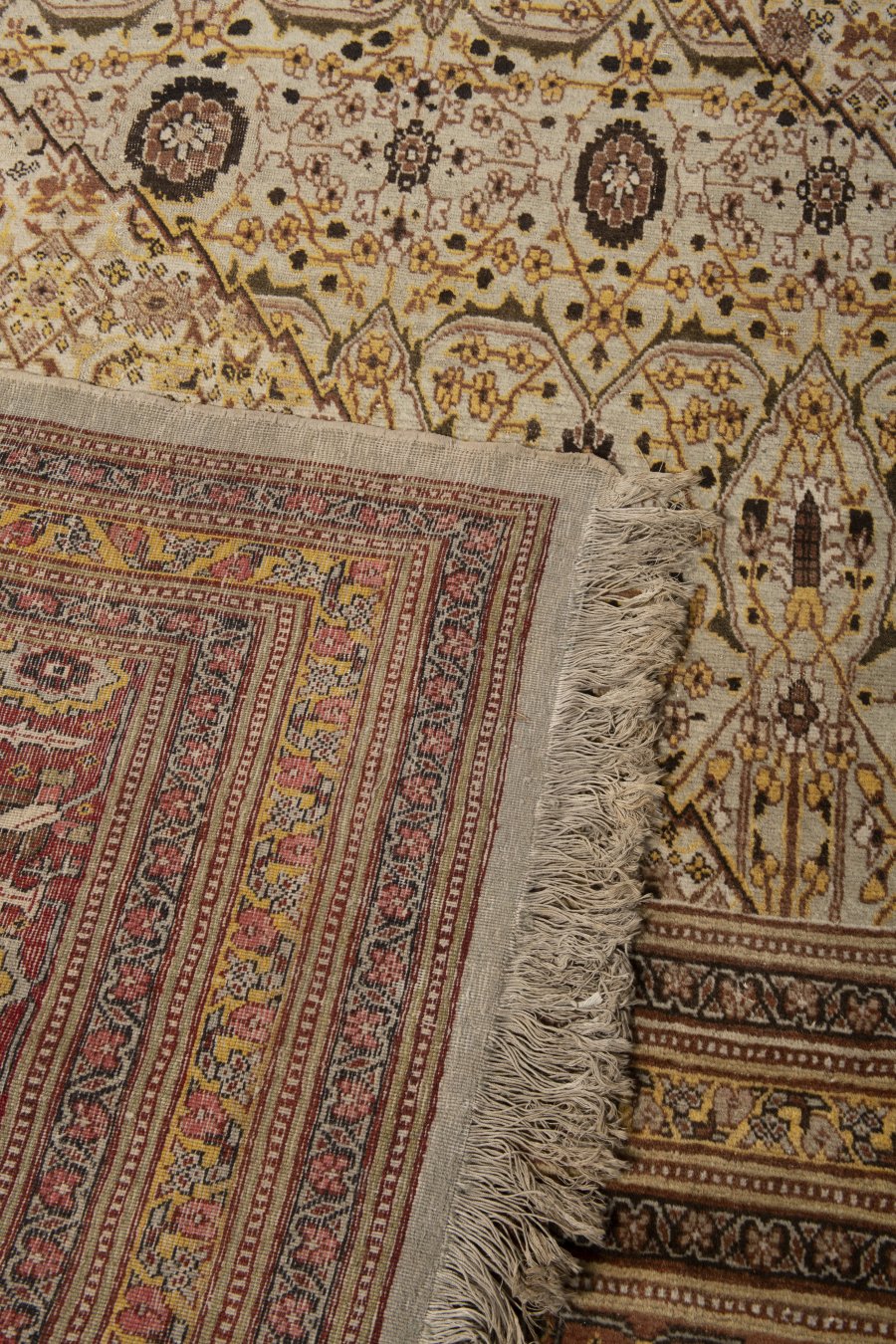Lot 157
HAJI-JALILI TABRIZ RUG
1920-1930
wool, cotton
382 x 292 cm (h x w)
| 1 167 €
The fame of Tabriz in the 19th century and in the export era until the 1930s was not only due to skillful Persian merchants, but also to craftsmen who were renowned for their excellent workmanship of quality wool, their refined work with dyes and, last but not least, the harmony of the composition of large palace carpets, often intended for export to the West. Probably the most famous master in the 19th century was Haji Jalili, whose almost delicate carpets became highly sought after, especially for their muted shades of gold, pink, grey, soft brown, etc., delicately blended into all-over floral designs with often only subtly suggested unobtrusive medallions. His legacy in the first decades of the 20th century was to create a legacy that was not just a simple, unadorned design. The best manufactories in Tabriz followed suit in the early years of the 20th century, and one of them apparently created this representative carpet, which impresses with its seemingly unobtrusive execution of the geometric composition of the 'herati', formed in the central field by jagged leaves around a diamond-shaped diamond medallion with a rosette - according to various views, these twisted leaves resemble fish around a pond ('diamond'), hence the Persian name of the design, shortened to 'mahi' ('fish'). The main border of floral character is surrounded by numerous outer and inner bands of floral elements, and together they form a striking whole that is an established classic in the world of Oriental carpets.
More works from auction
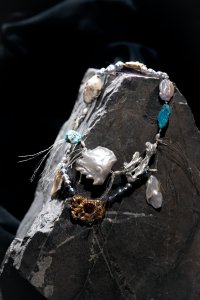
NECKLACE - AWARD OF MEDA MLÁDKOVÁ
Starting price35 000 CZK | 1 458 €
Price realized
35 000 CZK | 1 458 €
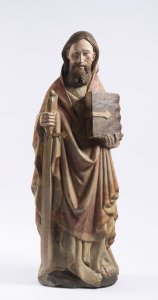
Lot 1 SAINT PAUL
Starting price100 000 CZK | 4 167 €
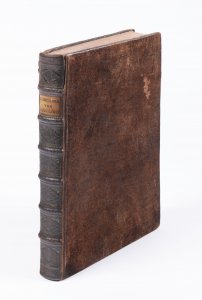
Lot 2 COUNCIL OF CONSTANCE CHRONICLES
Starting price90 000 CZK | 3 750 €
Price realized
90 000 CZK | 3 750 €
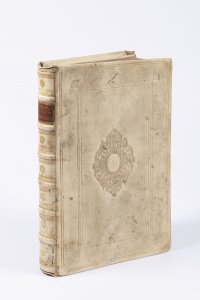
Lot 3 CRITICISM OF HUSSITISM
Starting price18 000 CZK | 750 €
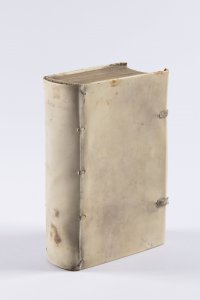
Lot 4 COMPENDIUM OF CHRISTIAN DOCTRINE
Starting price48 000 CZK | 2 000 €
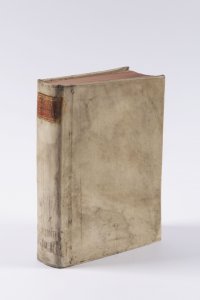
Lot 5 PJSNE DUCHOWNJ EWANGELISTSKÉ Z PJSEM SWATÝCH
Starting price38 000 CZK | 1 583 €
Price realized
50 000 CZK | 2 083 €
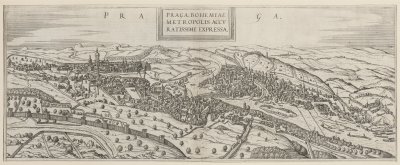
Lot 6 RENAISSANCE VIEW OF PRAGUE
Starting price5 000 CZK | 208 €
Price realized
9 500 CZK | 396 €

Lot 7 EMPEROR PALACE IN PRAGUE
Starting price6 000 CZK | 250 €
Price realized
8 500 CZK | 354 €
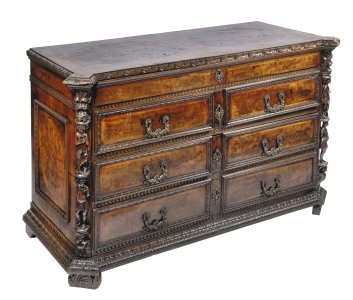
Lot 8 MANNERIST CHEST OF DRAWERS "A BAMBOCCI"
Starting price95 000 CZK | 3 958 €
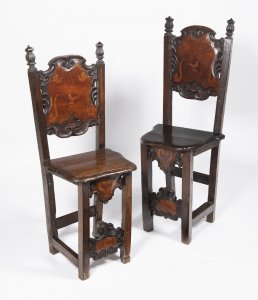
Lot 9 PAIR OF MANNERIST CHAIRS
Starting price15 000 CZK | 625 €
Price realized
33 000 CZK | 1 375 €
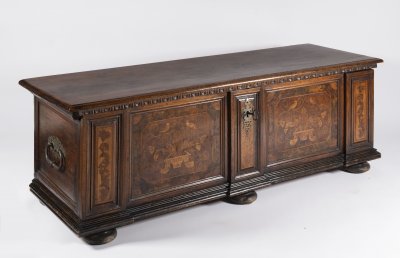
Lot 10 BAROQUE CHEST
Starting price60 000 CZK | 2 500 €
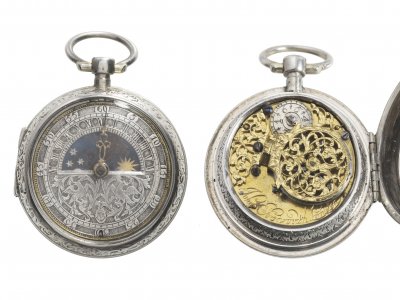
Lot 11 BAROQUE POCKET WATCH
Starting price80 000 CZK | 3 333 €
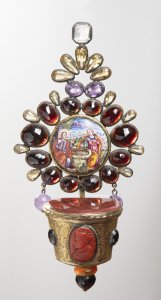
Lot 12 HOLY WATER FONT WITH SEMI-PRECIOUS STONES
Starting price65 000 CZK | 2 708 €
Price realized
65 000 CZK | 2 708 €
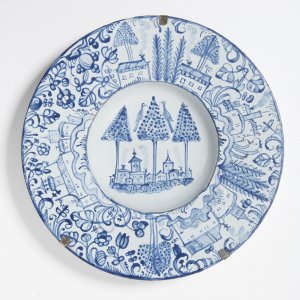
Lot 13 HABAN PLATE
Starting price35 000 CZK | 1 458 €
Price realized
55 000 CZK | 2 292 €
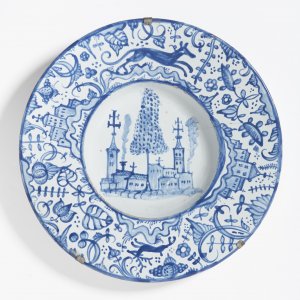
Lot 14 HABAN PLATE
Starting price35 000 CZK | 1 458 €
Price realized
55 000 CZK | 2 292 €
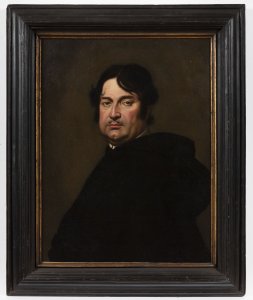
Lot 15 PORTRAIT OF A MAN
Starting price90 000 CZK | 3 750 €
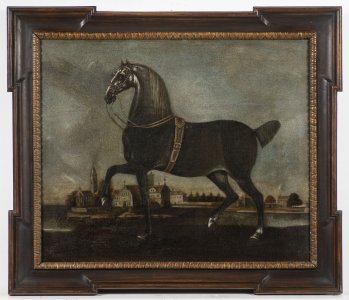
Lot 16 HORSE PORTRAIT
Starting price25 000 CZK | 1 042 €
Price realized
27 000 CZK | 1 125 €
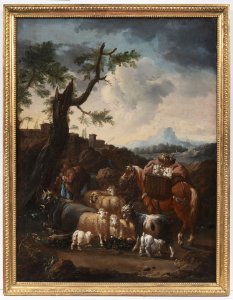
Lot 17 LANDSCAPE WITH A SHEPHERD
Starting price90 000 CZK | 3 750 €
Price realized
120 000 CZK | 5 000 €
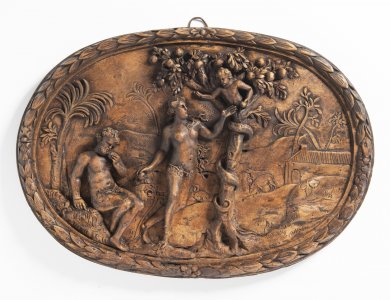
Lot 18 ADAM AND EVE
Starting price30 000 CZK | 1 250 €
Price realized
110 000 CZK | 4 583 €
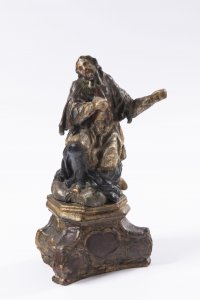
Lot 19 BAROQUE BOZZETTO
Starting price24 000 CZK | 1 000 €
Price realized
24 000 CZK | 1 000 €
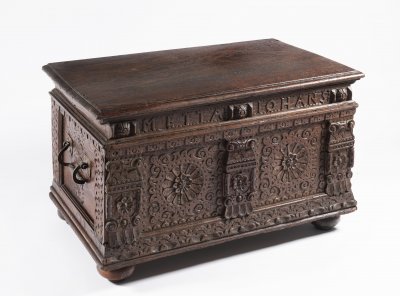
Lot 20 BAROQUE CHEST
Starting price10 000 CZK | 417 €
Price realized
10 000 CZK | 417 €
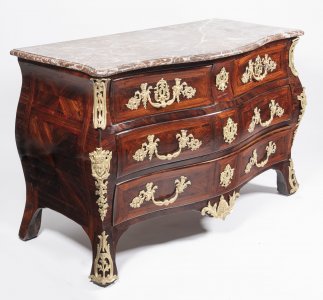
Lot 21 FRENCH LOUIS XV. COMMODE
Starting price95 000 CZK | 3 958 €
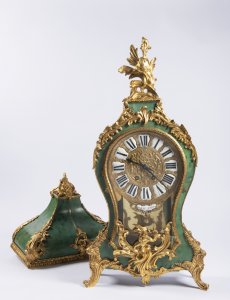
Lot 22 FRENCH LOUIS XV. CARTEL CLOCK
Starting price55 000 CZK | 2 292 €
Sold
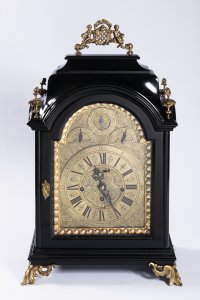
Lot 23 BAROQUE TABLE CLOCK
Starting price35 000 CZK | 1 458 €
Price realized
35 000 CZK | 1 458 €
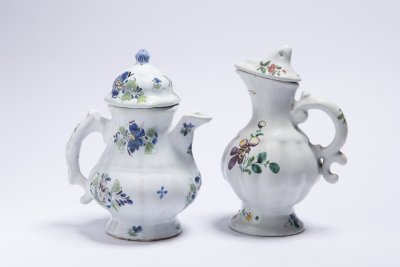
Lot 24 TWO HOLÍČ JUGS
Starting price12 000 CZK | 500 €
Price realized
13 000 CZK | 542 €
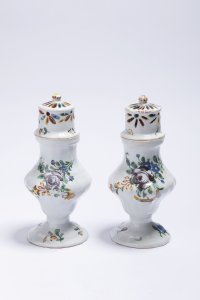
Lot 25 TWO HOLÍČ SUGAR SHAKERS
Starting price12 000 CZK | 500 €
Price realized
36 000 CZK | 1 500 €
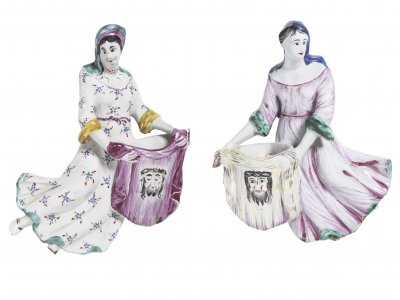
Lot 26 PAIR OF HOLIČ HOLY WATER FONT
Starting price15 000 CZK | 625 €
Price realized
44 000 CZK | 1 833 €
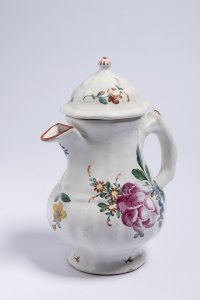
Lot 27 HOLÍČ JUG
Starting price6 000 CZK | 250 €
Price realized
6 500 CZK | 271 €
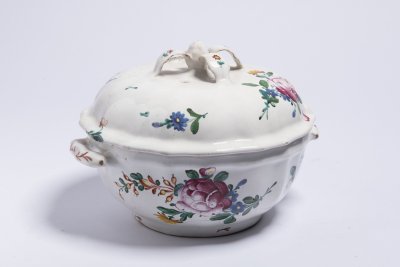
Lot 28 HOLÍČ TUREEN
Starting price8 000 CZK | 333 €
Price realized
15 000 CZK | 625 €
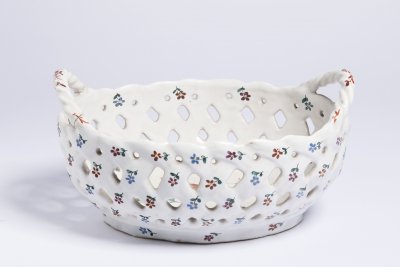
Lot 29 HOLÍČ FRUIT BOWL
Starting price10 000 CZK | 417 €
Price realized
10 000 CZK | 417 €
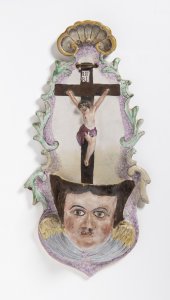
Lot 30 HOLY WATER FONT
Starting price10 000 CZK | 417 €
Price realized
20 000 CZK | 833 €
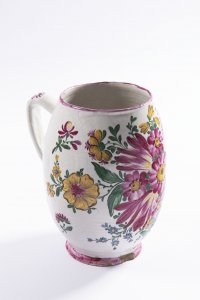
Lot 31 MUG
Starting price15 000 CZK | 625 €
Price realized
15 000 CZK | 625 €
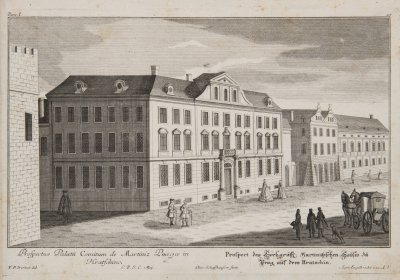
Lot 32 CONVOLUTE OF PRAGENSIA
Starting price30 000 CZK | 1 250 €
Price realized
36 000 CZK | 1 500 €
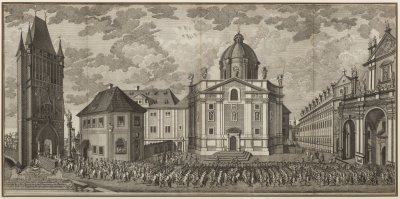
Lot 33 CORONATION PROCESSION OF MARIA TERESA
Starting price15 000 CZK | 625 €
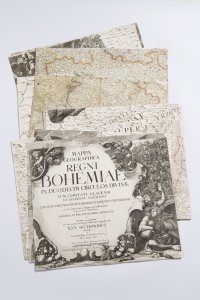
Lot 34 MÜLLER MAP OF BOHEMIA
Starting price70 000 CZK | 2 917 €
Price realized
70 000 CZK | 2 917 €
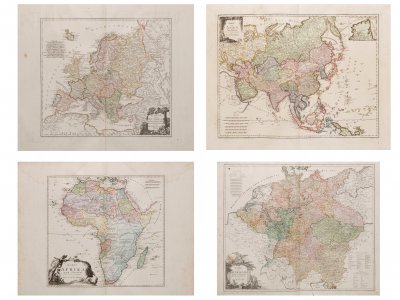
Lot 35 GROSSER DEUTSCHER ATLAS
Starting price25 000 CZK | 1 042 €
Price realized
25 000 CZK | 1 042 €
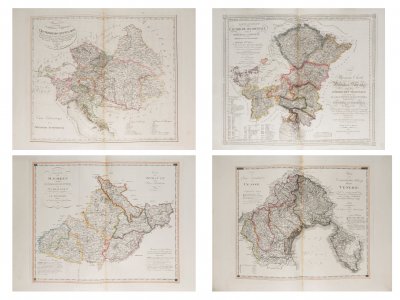
Lot 36 ATLAS OF THE AUSTRIAN EMPIRE
Starting price25 000 CZK | 1 042 €
Price realized
30 000 CZK | 1 250 €
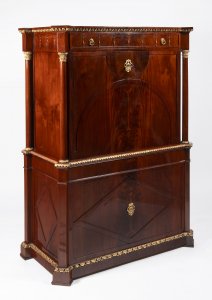
Lot 37 EMPIRE CABINET
Starting price95 000 CZK | 3 958 €
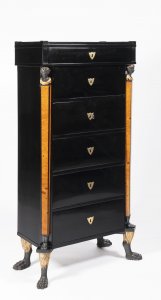
Lot 38 EMPIRE CABINET
Starting price65 000 CZK | 2 708 €
Price realized
65 000 CZK | 2 708 €
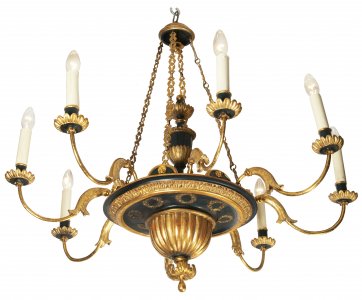
Lot 39 EMPIRE CHANDELIER
Starting price65 000 CZK | 2 708 €
Price realized
65 000 CZK | 2 708 €
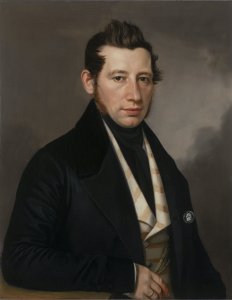
Lot 40 PORTRAIT OF A MAN
Starting price90 000 CZK | 3 750 €
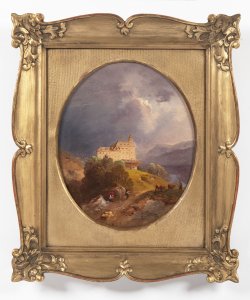
Lot 41 CHATEAU IN A MOUNTAINOUS LANDSCAPE
Starting price90 000 CZK | 3 750 €
Price realized
90 000 CZK | 3 750 €
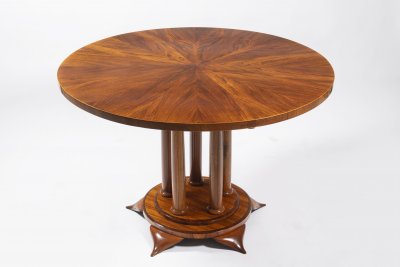
Lot 42 BIEDERMEIER ROUND DINING TABLE
Starting price45 000 CZK | 1 875 €
Price realized
85 000 CZK | 3 542 €
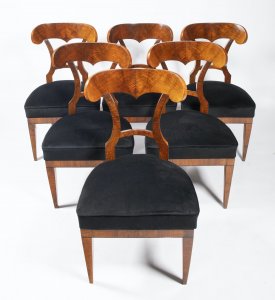
Lot 43 SET OF SIX BIEDERMEIER CHAIRS
Starting price60 000 CZK | 2 500 €
Price realized
80 000 CZK | 3 333 €
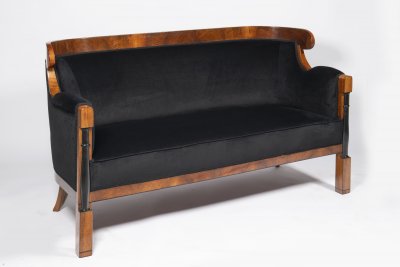
Lot 44 BIEDERMEIER SOFA
Starting price45 000 CZK | 1 875 €
Price realized
50 000 CZK | 2 083 €
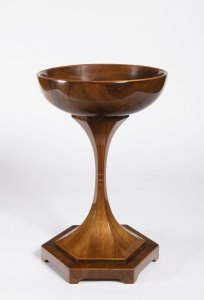
Lot 45 BIEDERMEIER “SPUCKNAPF” SPITTOON
Starting price25 000 CZK | 1 042 €
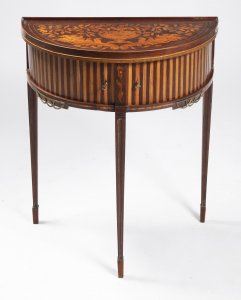
Lot 46 DEMI-LUNE TABLE
Starting price12 000 CZK | 500 €
Price realized
17 000 CZK | 708 €
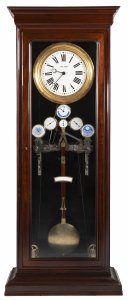
Lot 47 IMPRESSIVE ASTRONOMICAL STANDING CLOCK
Starting price500 000 CZK | 20 833 €

